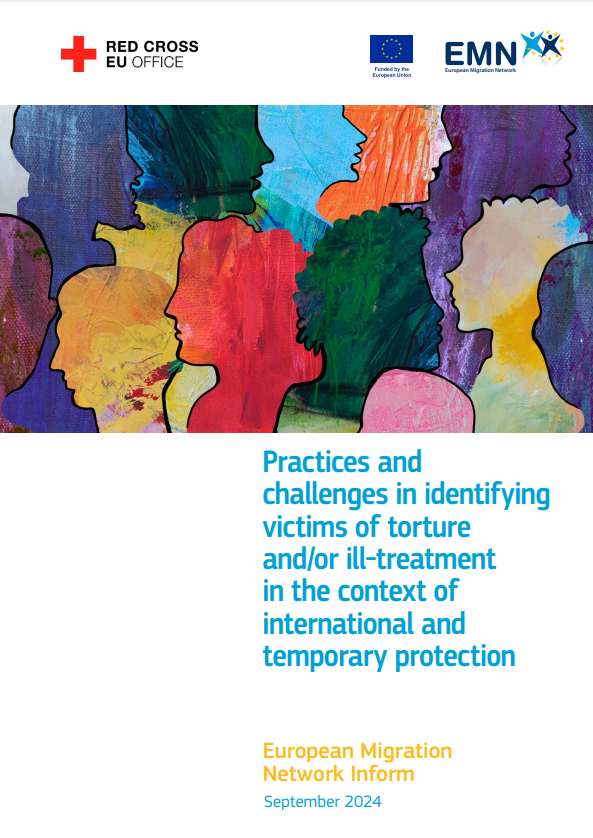Under international human rights law, the European Convention on Human Rights, and the Charter of Fundamental Rights of the European Union, the prohibition of torture is an absolute, non-derogable human right. At the EU level, there are specific provisions for identifying victims of torture. However, data on the prevalence of torture among applicants for international protection remains limited, with estimates suggesting around 400,000 torture survivors in the EU as of 2010. Moreover, available data suggests that 30-60% of international protection applicants seeking medical attention were survivors of torture. Research indicates that they often struggle with mental health issues, such as Post-Traumatic Stress Disorder (PTSD), anxiety, suicidal thoughts, and depression, affecting their ability to properly present their claim for international protection and/or increase the likelihood of receiving a negative outcome. Medico-legal reports can be crucial for substantiating claims and facilitating access to necessary treatments. However, comprehensive data on the procedural safeguards across different stages of the asylum process is lacking.
In the context of international protection procedures, competent authorities in most EMN Member and Observer Countries receive general training through national programmes or dedicated sessions, with the objective of ensuring early detection of torture victims. Medico-legal documentation can provide important evidence for their torture and/or ill-treatment. It is typically requested on a case-by-case basis by caseworkers and is crucial to support claims and access treatment and rehabilitation.
Key challenges in these procedures include creating a safe environment and appropriate conditions for victims to report their experiences and have their claims assessed. Good practices reported by EMN Member and Observer Countries include fostering cooperation among stakeholders, promoting processes that accommodate different needs, and enhancing information exchange to support survivors.
Identifying victims of torture BoTP is particularly challenging due to the absence of a formal application process where the authorities can identify and detect victims of torture and/or ill-treatment. However, some EMN Member and Observer Countries have introduced protocols, specialised centres providing tailored medical services, and launched awareness campaigns to facilitate self-reporting.


